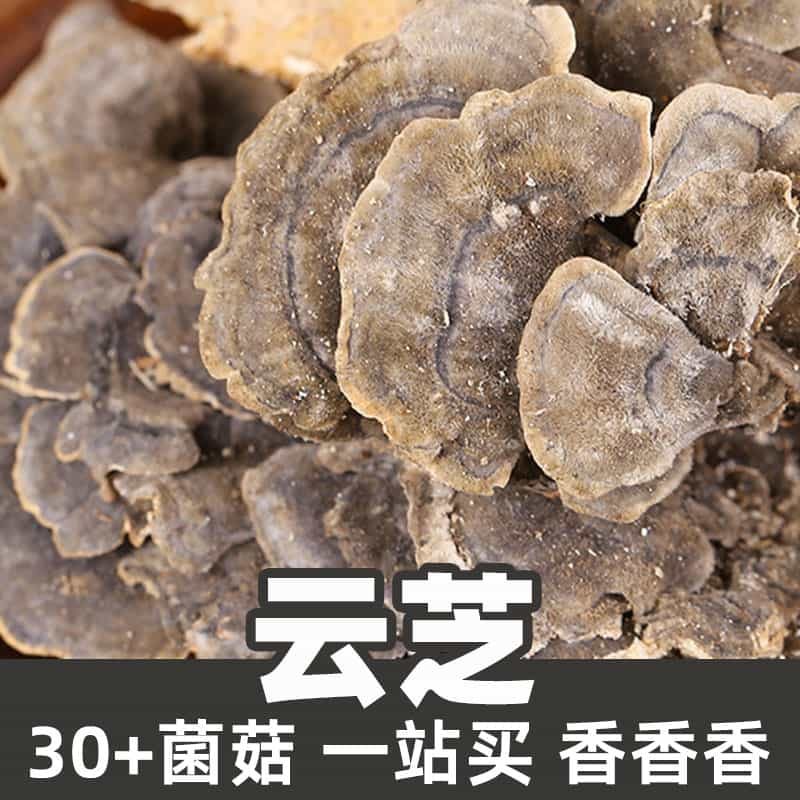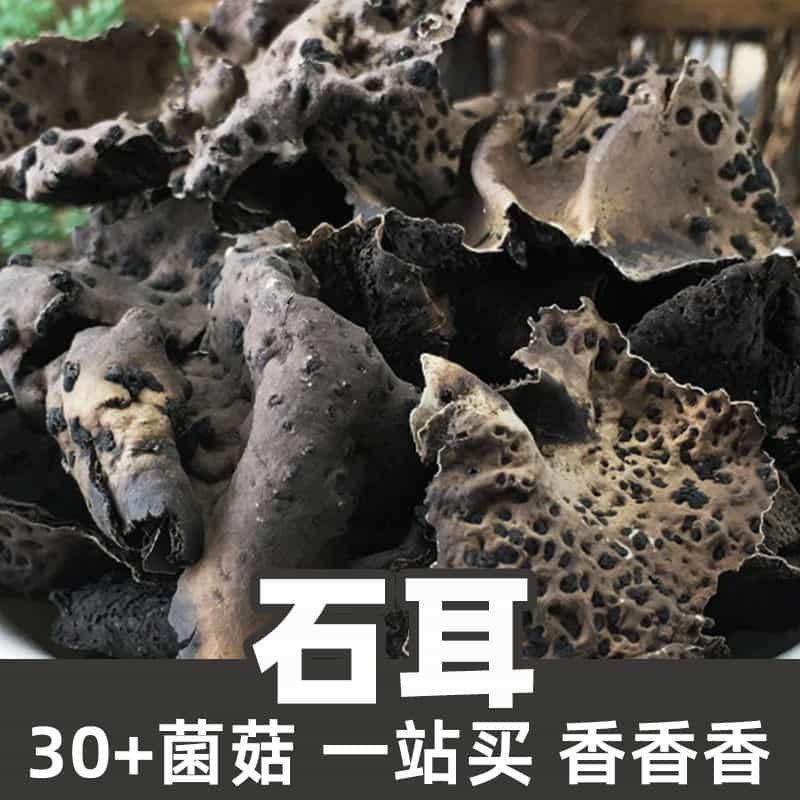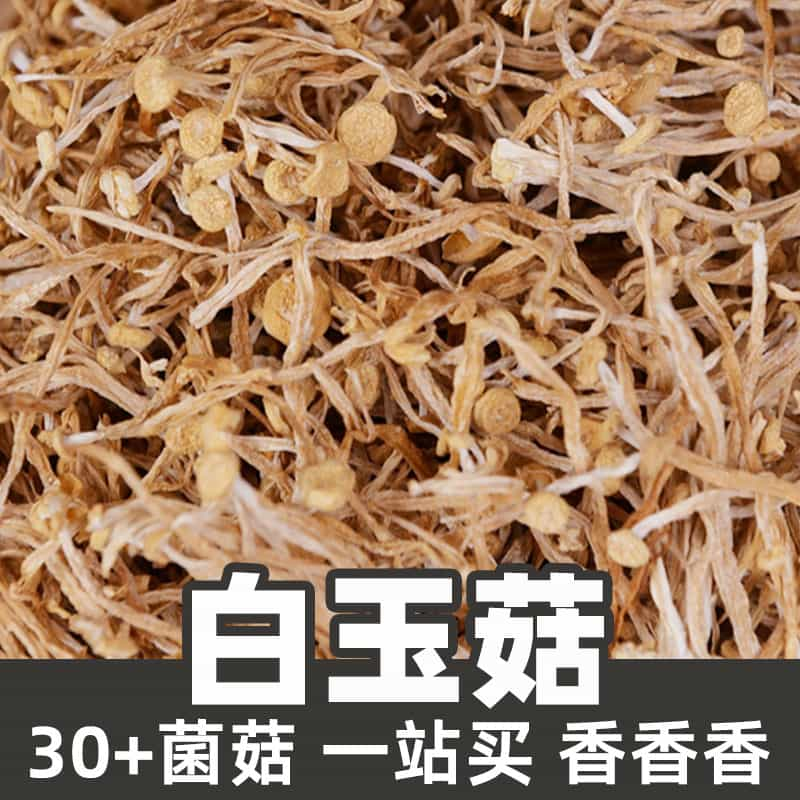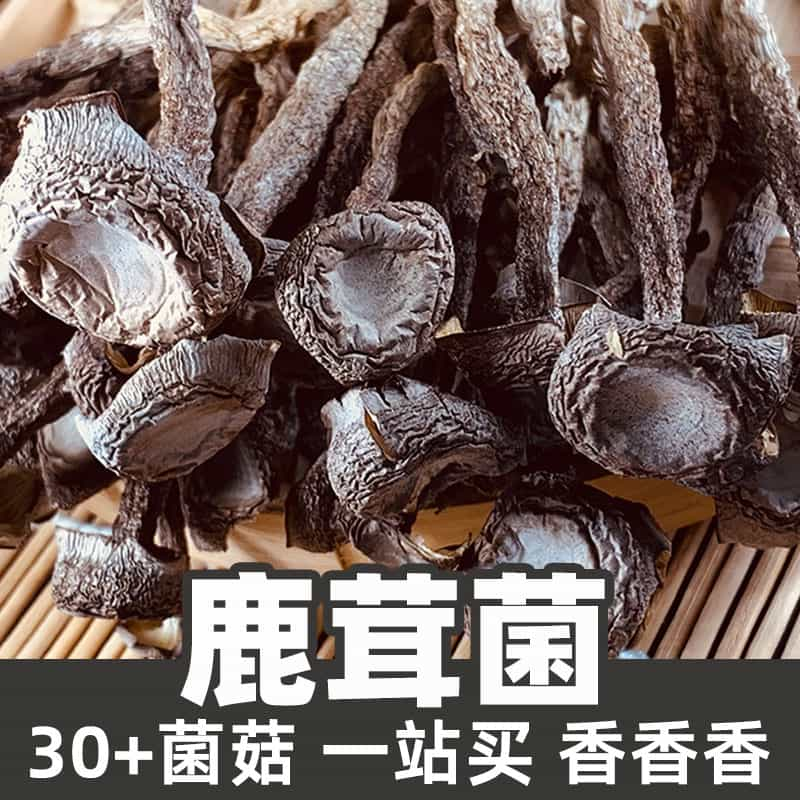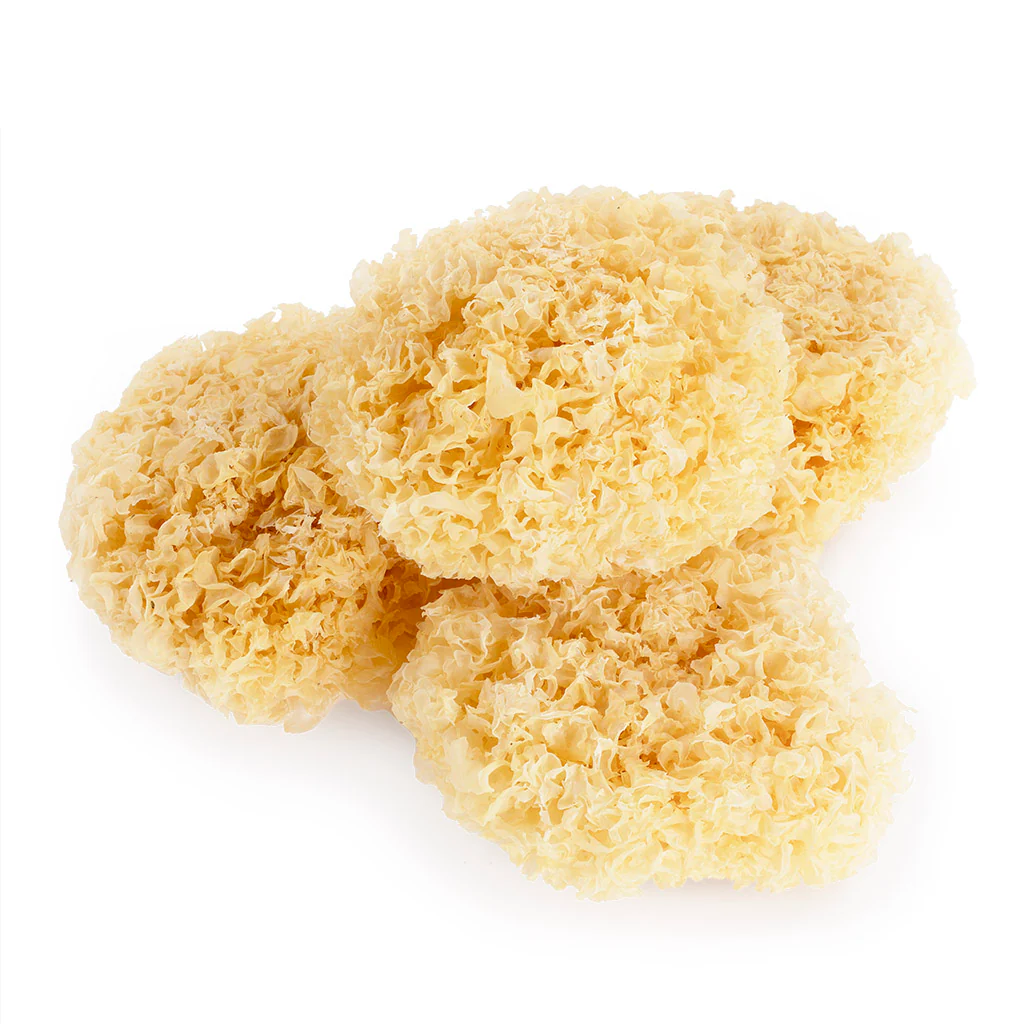Chaga mushroom, known scientifically as Inonotus obliquus, is a unique fungus that typically grows on birch trees in cold climates. This mushroom has a long history of use in traditional medicine, particularly in Russia and other northern regions, where it is valued for its potential health benefits. Chaga resembles a black, burnt mass attached to the trunk of the birch tree and is often referred to as the "birch canker polypore." Its body contains various bioactive compounds, making it a popular choice in dietary supplements. Many people consume chaga to boost their immune system, improve overall wellness, and combat oxidative stress. As interest in natural remedies and functional foods increases, chaga has gained popularity in modern wellness circles. It is available in various forms, from powdered extracts to tea bags, making it accessible for different consumption preferences.
Chaga mushroom is rich in bioactive compounds responsible for many of its health-promoting properties. Polysaccharides are a significant component, with beta-glucans being among the most studied for their immune-modulating effects. Triterpenes, another key ingredient, provide potential anti-inflammatory and anticancer properties. The phenolic compounds present in chaga, known for their antioxidative qualities, help to neutralize free radicals in the body, contributing to overall health. Additionally, various vitamins, minerals, and amino acids found in chaga enhance its nutritional profile. The presence of melanin not only gives chaga its characteristic dark appearance but may also offer protective benefits to skin health. In summary, the nutritional composition of chaga is diverse, filled with compounds that may promote health and wellness.
Chaga mushroom has a wide range of applications in health and wellness. It is most commonly brewed into teas, where the hot water extracts the beneficial compounds, making them more bioavailable. People also incorporate chaga into smoothies, coffee blends, or as a supplement in powder form for added health benefits. Beyond personal use, chaga is making its way into beauty products, leveraging its antioxidant properties to promote skin health and combat signs of aging. In traditional medicine, it has been used to address digestive issues and boost overall vitality. Some studies have explored its potential role in supporting the body during cancer treatments, making it a subject of interest for researchers. The versatility of chaga allows for various consumption methods, adapting to individual preferences while providing potential health benefits.
Chaga mushrooms thrive in cold regions, primarily found on birch trees in northern climates such as Siberia, Canada, and parts of Europe and Asia. This fungus usually establishes itself on the trees by infecting them, leading to a dark, gnarled appearance that can be mistaken for a malignant growth. Chaga thrives best in shaded environments where the moisture is plentiful, often found in forested areas where birch trees dominate. The relationship between chaga and birch trees is significant, as the fungus derives its nutrients from the host. Environmental conditions varying from soil type, temperature, and humidity affect its growth; thus, the selection of harvesting sites is critical for obtaining high-quality chaga. The geographic distribution and specific habitat preferences make it a unique organism that plays a role in its ecosystem.
Harvesting chaga requires careful consideration to ensure the tree remains healthy. Harvesters identify mature chaga from birch trees, often choosing to cut it cleanly with a knife to minimize damage to the host tree. This responsibility is crucial as it allows the fungus to continue growing and sustains the birch's overall health. After harvesting, the chaga is typically dried to prevent spoilage and preserve its medicinal properties; this can be achieved through air drying or using a dehydrator. Once dried, chaga is often ground into a fine powder or cut into smaller pieces for tea and other preparations. Proper storage is essential to maintain its quality; it is recommended to store dried chaga in a cool, dark space sealed in an airtight container. This practice helps to retain the active compounds, ensuring its potency for future use.
Monica Sun is a seasoned expert in the natural raw materials industry, with over a decade of experience specializing in traditional Chinese medicinal herbs, spices, and fungi. She is skilled in the sourcing, processing, and application of these materials, emphasizing sustainability and innovation. Monica Sun has contributed to the development of high-quality natural raw materials that serve as essential components in functional foods, pharmaceuticals, and cosmetics, delivering tailored solutions to meet diverse market needs.












